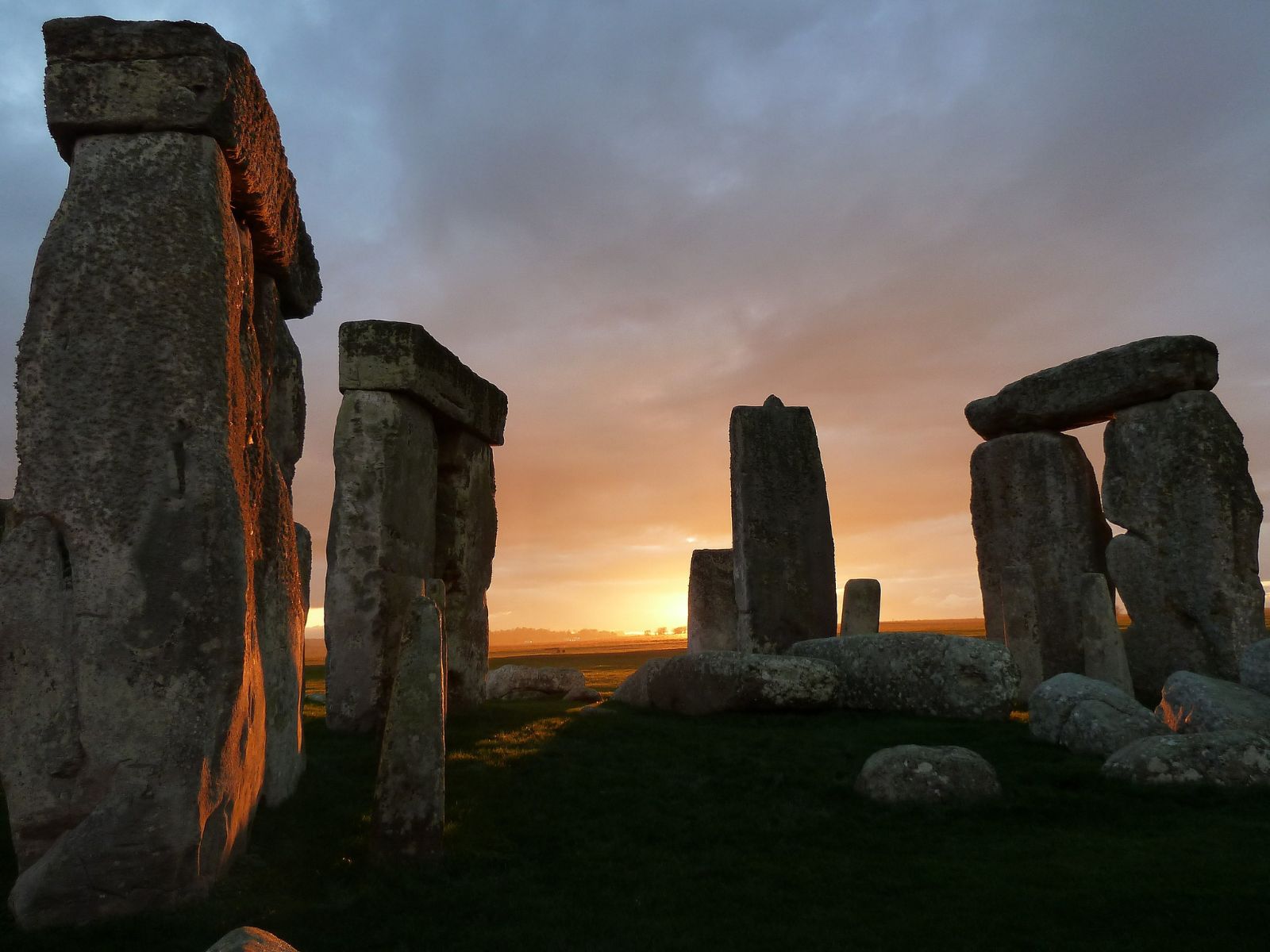The improbable 800 km journey of Stonehenge’s centre stone, and why that matters
New analysis has found that the over six-tonne Altar Stone partially buried at the heart of Stonehenge came from northern Scotland, not south-west Wales as previously thought. Here is why this is a big deal.
 Stonehenge has is arguably the greatest engineering achievement of the pre-historic world. (Wikimedia Commons)
Stonehenge has is arguably the greatest engineering achievement of the pre-historic world. (Wikimedia Commons)Stonehenge has long stood as an enigma in southern England’s undulating countryside. No one knows why it was built, and there is little consensus on how it was built, by whom and exactly when. What can be said with certainty, however, is that it is one of the greatest marvels of neolithic engineering, and a testament to the oft-underestimated ingenuity of prehistoric humans and the complexity of their social lives.
Case in point is the origin of the Altar Stone, the partially buried slab of sandstone lying at the centre of the stone circle. Latest geochemical analysis suggests that the six-tonne monolith was brought to its present location from some 800 km away in the far north of Scotland. This puts its place of origin much farther away than all other Stonehenge stones.
The findings of the study published in the journal Nature on Wednesday (August 14) show that the construction of Stonehenge was a far greater collaborative effort than scientists previously realised, and suggests that neolithic Britain might have been far more integrated than previously thought.
Stones of the henge
Construction at Stonehenge began roughly 5,000 years ago, with changes and additions made over the next two millennia.
The site’s iconic stone slabs are divided into two groups. The first group includes 30 tall, upright sarsens (sandstone blocks impregnated with silica) which make up the outer circle. Most of these are capped by shaped lintel stones (horizontal beam-like stones). Researchers trace the origins of these stones to Marlborough Downs, some 25 km away from Stonehenge.
The second group is made of about 80 bluestones, which research suggests came from the Mynydd Preseli mountains in western Wales. Their origin was discovered in 1923. The central Altar Stone, although made of a different kind of rock, was long thought to have come from the same area. That was until last year, when researchers from Wales concluded that that the stone could not have been from Wales, although they were not sure where it came from.
The latest study used dating and chemical analysis of tiny zircon, rutile and apatite crystals from fragments of the centre stone to trace its source to the Old Red Sandstone formations in the Orcadian Basin in the northeast of Scotland and the Orkney Islands.
“It’s like finding a fingerprint,” Anthony Clarke, a geochronologist at Curtin University in Perth, Australia, who led the study, told nature.com. “It was a perfect match for the Orcadian Basin and no match at all for anything in England or Wales,” he said.
An improbable journey
Dr Robert Ixer, from University College London, who was also involved in the study, told the BBC that the discovery was “shocking”. He said: “The work prompts two important questions: how was the Altar Stone transported from the very north of Scotland, a distance of more than 700 kilometres, to Stonehenge, and, more intriguing, why?”
While some on social media initially speculated that ancient glaciers might have brought the stone to southern England, geologists have dismissed this theory. “There is simply no evidence for it. This was brought here by human agency,” Clarke said.
The question then is how was this done — by land or by sea. There is no consensus on this issue. Clarke prefers the sea route option, citing the Altar Stone’s weight and the rugged terrain between Scotland and Stonehenge. “Given major overland barriers en route from north-east Scotland to Salisbury Plain, marine transport is one feasible option,” he said.
 Some speculate that Stonehenge was used as an astronomical calendar, given its precise orientation which aligns stones to the summer and winter solstices. Others posit that it had ritual significance. (Wikimedia Commons)
Some speculate that Stonehenge was used as an astronomical calendar, given its precise orientation which aligns stones to the summer and winter solstices. Others posit that it had ritual significance. (Wikimedia Commons)
Mike Pitts, an independent archaeologist who wrote How to Build Stonehenge (2022), disagrees. “If you put a stone on a boat out to sea, not only do you risk losing the stone — but also nobody can see it,” he told The Guardian. Instead, an arduous land journey, perhaps taking years and engaging people en route to make the stone “increasingly precious” is more likely, he said.
As to why this journey was made at all, is anyone’s guess. “It is phenomenal that the people of the time brought such a large stone all this way. They must have had a compelling reason to do it,” Heather Sebire, one of the monument’s senior curators told the BBC.
Whatever the means of and the reason behind it, the Altar Stone’s journey suggests that neolithic Britain was far more integrated than previously known. “The study suggests that the site was known not just to people in the south, but over a much wider area — and that opens suggestions for the whole way we think about Neolithic Britain,” Pitts said.
- 01
- 02
- 03
- 04
- 05






































